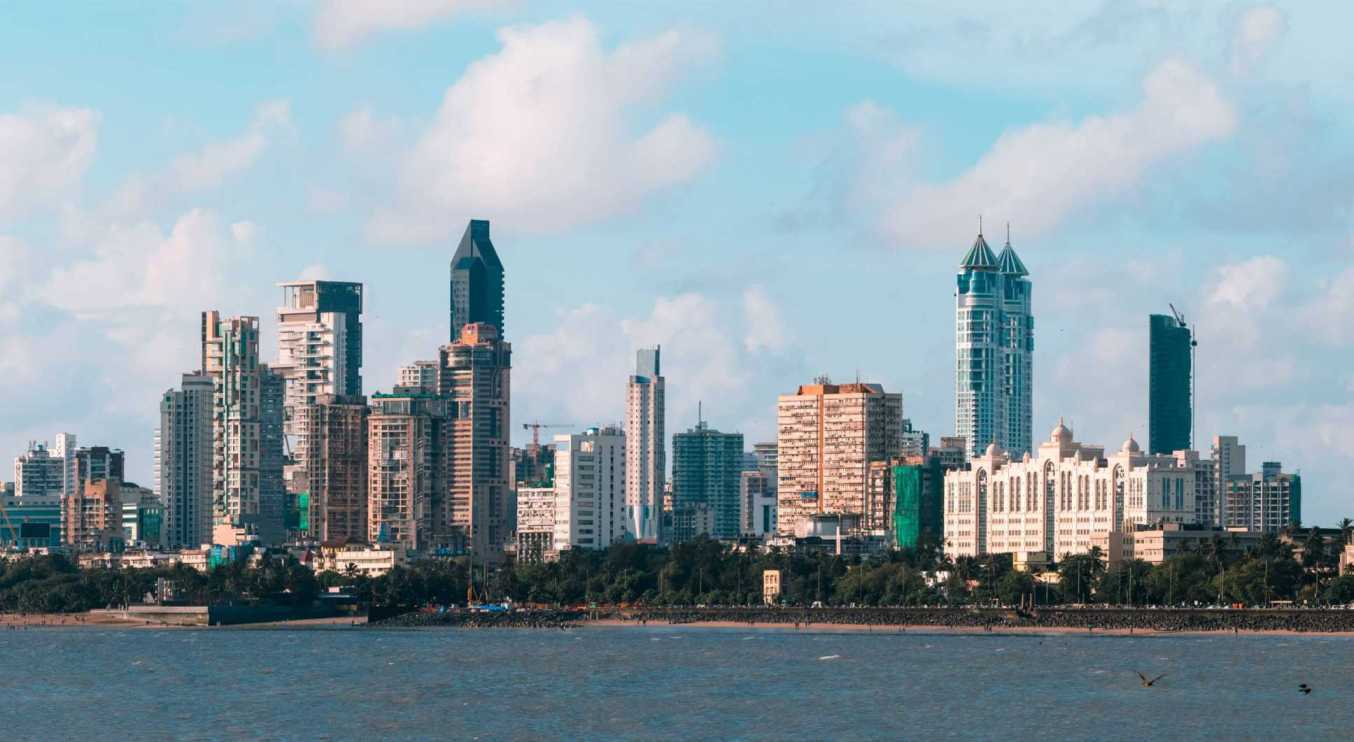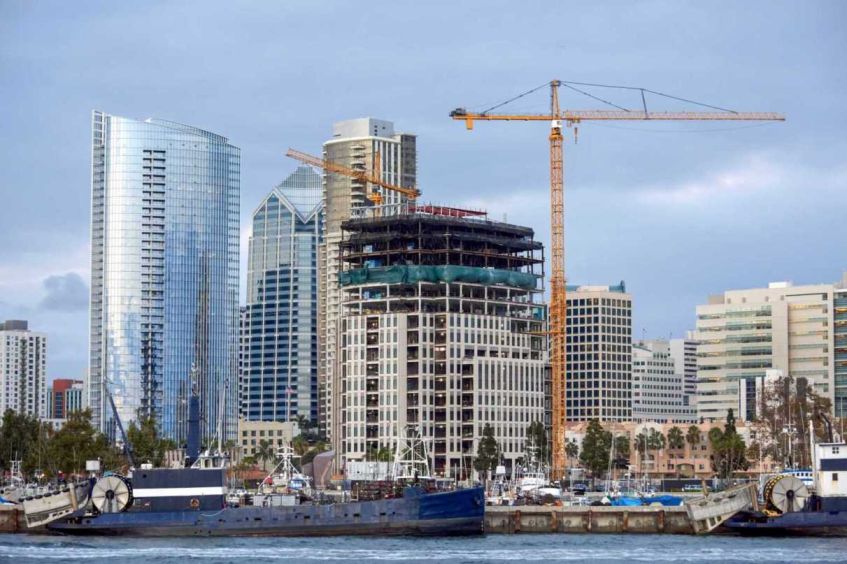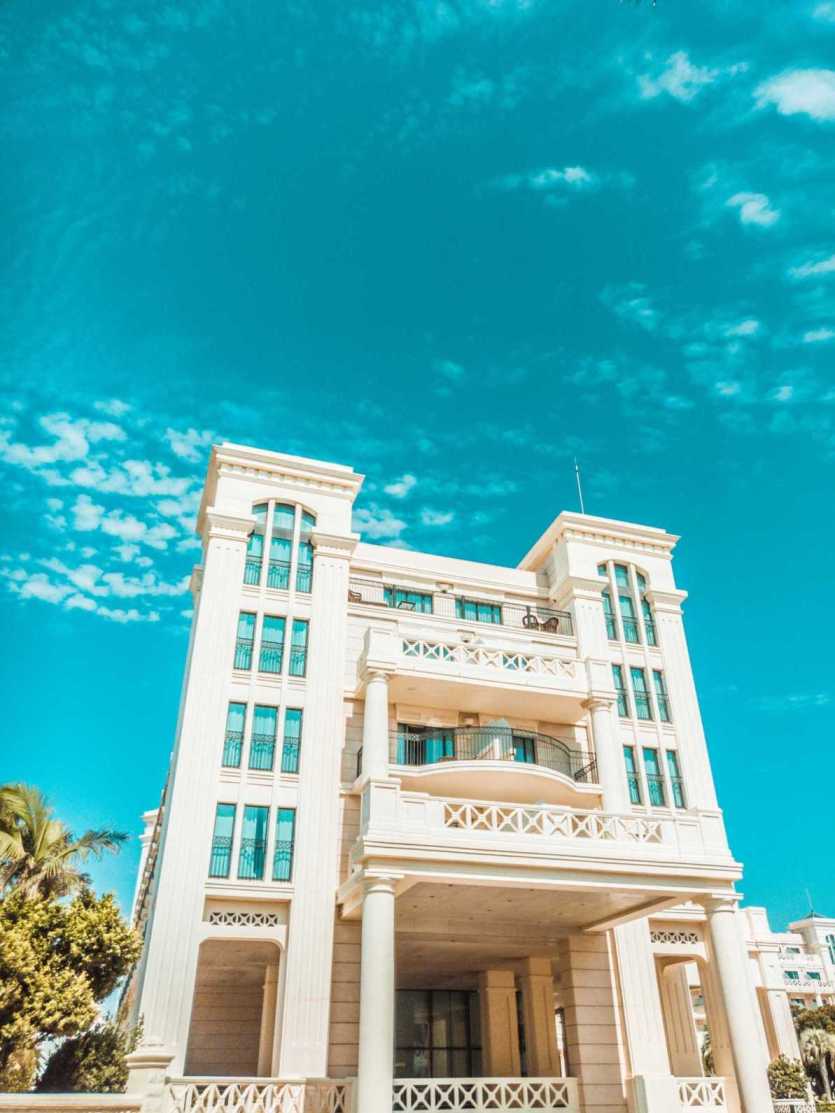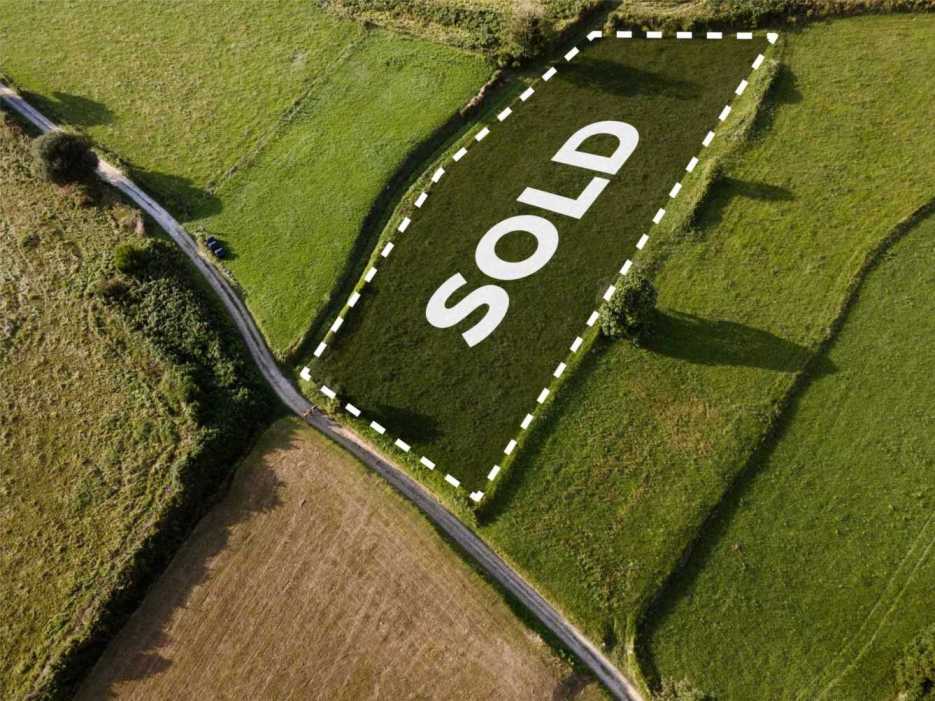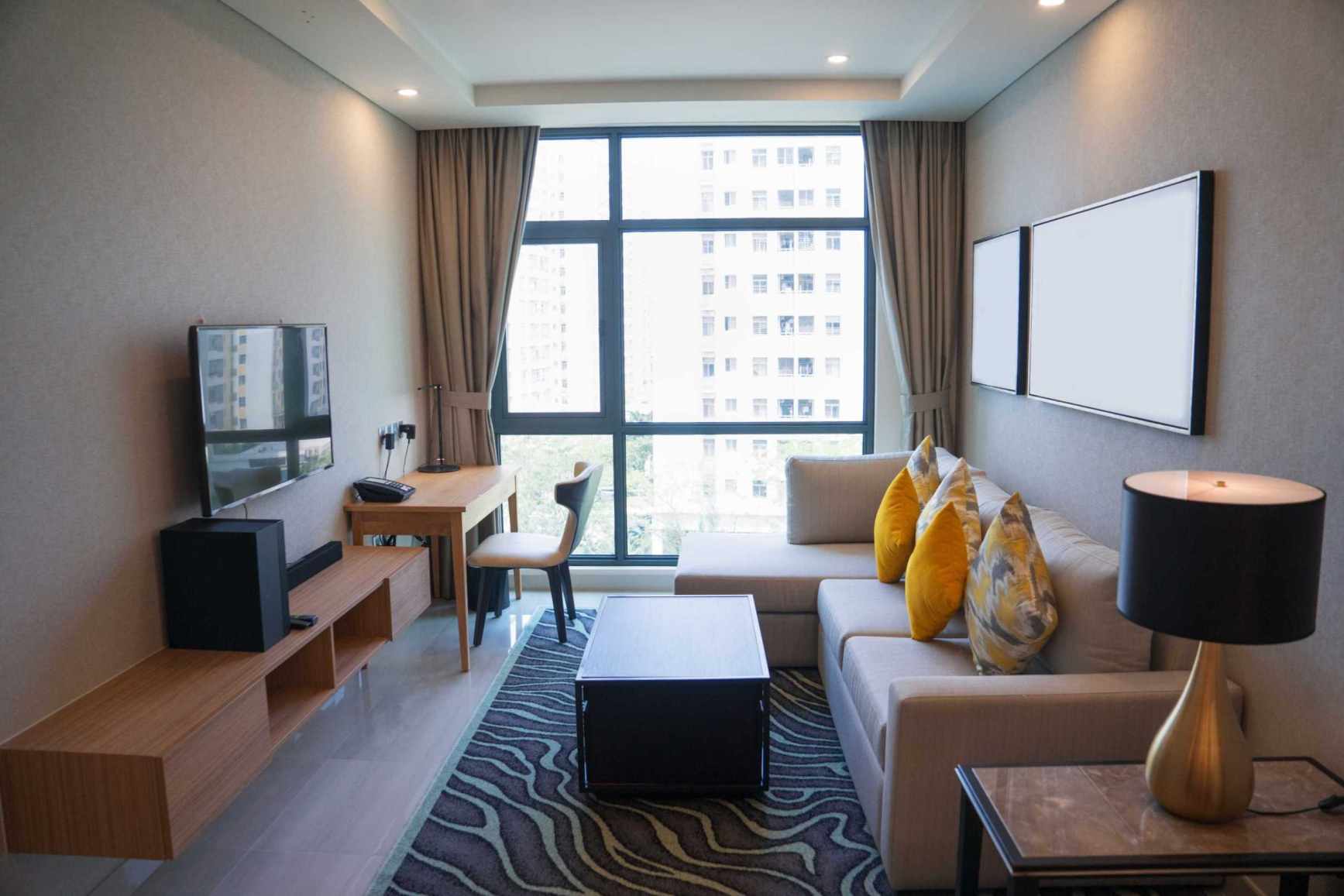

Upto 14-20% Returns Per Annum T/C* Applied*
Popup Title
This is a popup message.
- bharat agarwal
- Fund-Equity-Advisory
Delhi Metro Phase IV: A New Era of Connectivity and Real Estate Growth in Delhi-NCR
The lifeline of Delhi-NCR — the Delhi Metro — is once again expanding its reach. The long-awaited Phase IV has been approved and is now under active construction.
Spread across six major corridors and over 110 kilometres, this expansion will redefine how people move, live, and invest in the capital region.
For daily commuters, it means shorter travel times and better access.
For real-estate investors, it opens the door to new hotspots and rapid appreciation potential.
At 2A Company, we see Delhi Metro Phase IV not just as a transportation project, but as a catalyst for the next wave of urban growth — similar to how Phase II transformed Dwarka and Noida, or how Phase III reshaped the map of Gurgaon and Faridabad.
Read More: M3M Jacob and Co Residences Noida
Overview of Delhi Metro Phase IV
The Delhi Metro Rail Corporation (DMRC) has designed Phase IV to bridge the remaining gaps in Delhi’s metro network. Once completed, the metro’s total operational length will exceed 450 kilometres — putting it among the largest metro systems in the world.
The project covers six new corridors, of which three priority lines — Janakpuri West ↔ RK Ashram, Aerocity ↔ Tughlakabad, and Majlis Park ↔ Maujpur — are already under construction. These routes alone will add around 65 km of new track and dozens of new stations.
The remaining corridors are under various stages of approval and will gradually extend the metro’s reach toward Narela, Bawana, and the eastern suburbs.
Key Corridors and Connectivity Impact
1. Janakpuri West – RK Ashram Corridor
This corridor is an extension of the Magenta Line, connecting west Delhi’s residential zones like Janakpuri, Uttam Nagar, and Punjabi Bagh to central Delhi.
Once operational, it will significantly cut commute times for thousands of professionals traveling daily to Connaught Place and Karol Bagh.
Real-estate impact:
Areas such as Paschim Vihar, Peeragarhi, and Kirti Nagar are likely to see new mid-segment and premium launches.
Properties within 500 metres of these stations could appreciate by 10–15 percent in the next few years.
2. Aerocity – Tughlakabad Corridor
Often called the “airport-to-heritage” corridor, this line will connect the business hubs near IGI Airport to south Delhi’s residential and institutional areas.
It will run underground through several key zones, including Chhatarpur, Saket G-Block, and Tughlakabad.
Real-estate impact:
Expect rising demand for serviced apartments and rental housing in Vasant Kunj, Mehrauli, and Saket.
The line will also boost the commercial potential of Aerocity, which is already home to five-star hotels and corporate headquarters.
3. Majlis Park – Maujpur Corridor
This short but vital stretch will close the loop of the Pink Line, creating a circular metro route around Delhi.
Commuters traveling from northeast to west Delhi will no longer need to change multiple lines.
Real-estate impact:
Neighbourhoods like Bhajanpura, Yamuna Vihar, and Maujpur — previously seen as congested or less accessible — will experience renewed interest. Affordable housing developers are already scouting land parcels along this belt.
4. Rithala – Narela – Nathupur Corridor (Proposed)
This planned extension of the Red Line will take the metro deep into northwest Delhi, connecting Rohini’s residential sectors to the upcoming industrial and logistics hub of Narela.
Real-estate impact:
This corridor could be the biggest long-term game-changer. With vast tracts of affordable land, Narela is emerging as the next growth frontier for plotted developments, warehouses, and mid-income housing.
5. Indraprastha – Indrapuri & Noida – Sahibabad Corridors (Under Discussion)
These lines are expected to connect east Delhi seamlessly to the expanding NCR towns. If approved, they’ll dramatically improve accessibility to Ghaziabad, Sahibabad, and Noida Extension.
Construction Progress and Timelines
The DMRC has already mobilized major construction along the three approved corridors.
Tunnel-boring machines (TBMs) are operational in multiple zones, and elevated structures are visible along the Janakpuri West–RK Ashram line.
Timeline highlights:
1. Priority Corridors Completion Target: 2026
2. Full Phase Completion (All Corridors): 2028–29
This means that in just a few years, the metro map of Delhi will look dramatically different, touching areas that have never seen metro connectivity before.
Economic & Urban Impact
The Delhi Metro has always been more than a public transport project — it’s a city-building engine. Phase IV continues that legacy by influencing how Delhi expands and where people choose to live or work.
1. Decongesting Roads
With more corridors connecting the outer rings of the city, Phase IV is expected to remove thousands of vehicles from the roads daily.
This will reduce pollution and travel time, making Delhi more liveable.
2. Catalyzing Employment
New stations and depots will create direct and indirect employment opportunities — from construction workers to engineers, service providers, and local vendors.
3. Urban Renewal
Many older neighbourhoods near new stations will witness civic upgrades — better roads, footpaths, lighting, and sanitation.
This typically leads to higher rental yields and improved quality of life.
Delhi Metro Phase IV and the Real Estate Boom
Infrastructure drives property value — and Delhi Metro has consistently proven that rule. Each new phase of the metro has created micro-markets of growth, where property prices have appreciated faster than the city average.
Here’s how Phase IV will influence Delhi-NCR real estate:
A. Rise in Property Values
Properties located within walking distance of new metro stations generally command a premium of 10–20 percent.
As Phase IV becomes operational, this premium will likely extend to newer corridors like Aerocity–Tughlakabad and Janakpuri–RK Ashram.
B. Boost to Rental Markets
Professionals prefer renting homes with easy metro access. Areas such as Vasant Kunj, Dwarka Mor, Paschim Vihar, and Rohini will see an uptick in rental demand once connectivity improves.
C. Affordable Housing Push
Peripheral regions like Narela, Bawana, and east Delhi’s outskirts will attract affordable-housing projects, offering better ROI potential for early investors.
D. Commercial Growth
Retail and office developments thrive near metro stations. Phase IV will create new commercial nodes in west and south Delhi, expanding employment zones and reducing central congestion.
Hotspots to Watch
| Corridor | Emerging Hotspots | Investment Potential |
|---|---|---|
| Janakpuri West – RK Ashram | Paschim Vihar, Peeragarhi, Kirti Nagar | High (ready-to-move & rental yield) |
| Aerocity – Tughlakabad | Vasant Kunj, Chhatarpur, Saket | Premium segment appreciation |
| Majlis Park – Maujpur | Yamuna Vihar, Bhajanpura, Maujpur | Affordable & mid-segment demand |
| Rithala – Narela | Rohini Sec 25, Bawana, Narela | Long-term industrial & residential potential |
How 2A Company Helps You Invest Smartly Along Metro Corridors ?
At 2A Company, we believe that successful property investment depends on timing and location.
Metro connectivity is among the most powerful location multipliers in Indian real estate.
Here’s how we can assist you in leveraging the Delhi Metro Phase IV opportunity:
1. Identifying Emerging Zones
Our team tracks metro construction updates and zoning data to pinpoint areas poised for the next wave of appreciation — from Paschim Vihar to Narela.
2. Verified Listings & Projects
We partner only with authorized and reputed developers, ensuring you get safe, RERA-approved investments — whether you’re buying a plot, apartment, or commercial unit.
3. Tailored Investment Plans
Every investor’s goal is different. We help you choose between short-term appreciation projects near upcoming stations or long-term capital growth plots in expanding suburbs.
4. Transparency & Expert Support
From site visits to negotiation and documentation, we handle every step with integrity — ensuring that your investment experience is smooth, secure, and profitable.
If you’re planning to invest in Delhi, Noida, or Greater Noida, now is the perfect time to focus on Phase IV-connected corridors before property prices peak.
Looking Ahead
Delhi Metro Phase IV is more than an infrastructure upgrade — it’s a blueprint for the capital’s next decade of growth.
By 2030, areas once considered “fringe” will be the new heart of NCR.
The metro’s expansion will influence where offices open, where families settle, and where investors build wealth. The key is to identify these opportunities early.
At 2A Company, we’re ready to guide you through this transformation — helping you invest in the right projects, at the right locations, and at the right time.
Conclusion
The approval and rapid progress of Delhi Metro Phase IV mark a historic moment for Delhi-NCR. The city is evolving into a networked, connected metropolis — where convenience meets growth, and every metro line draws a new boundary for opportunity.
Whether you’re a homebuyer seeking connectivity, an investor chasing appreciation, or a developer planning your next project — Phase IV is the signal you’ve been waiting for.
With 2A Company as your trusted real-estate partner, you can turn this infrastructure revolution into a rewarding investment journey.
Explore More: Dholera Industrial Area

